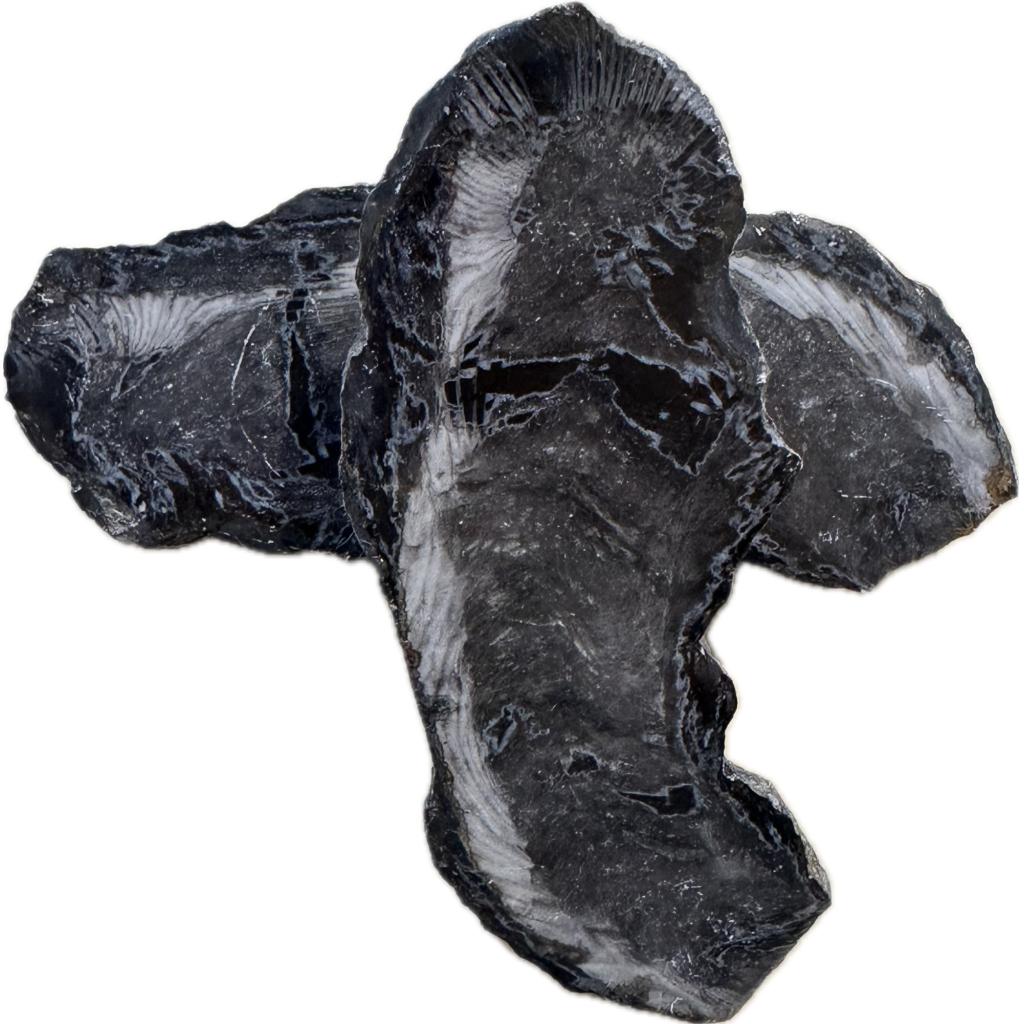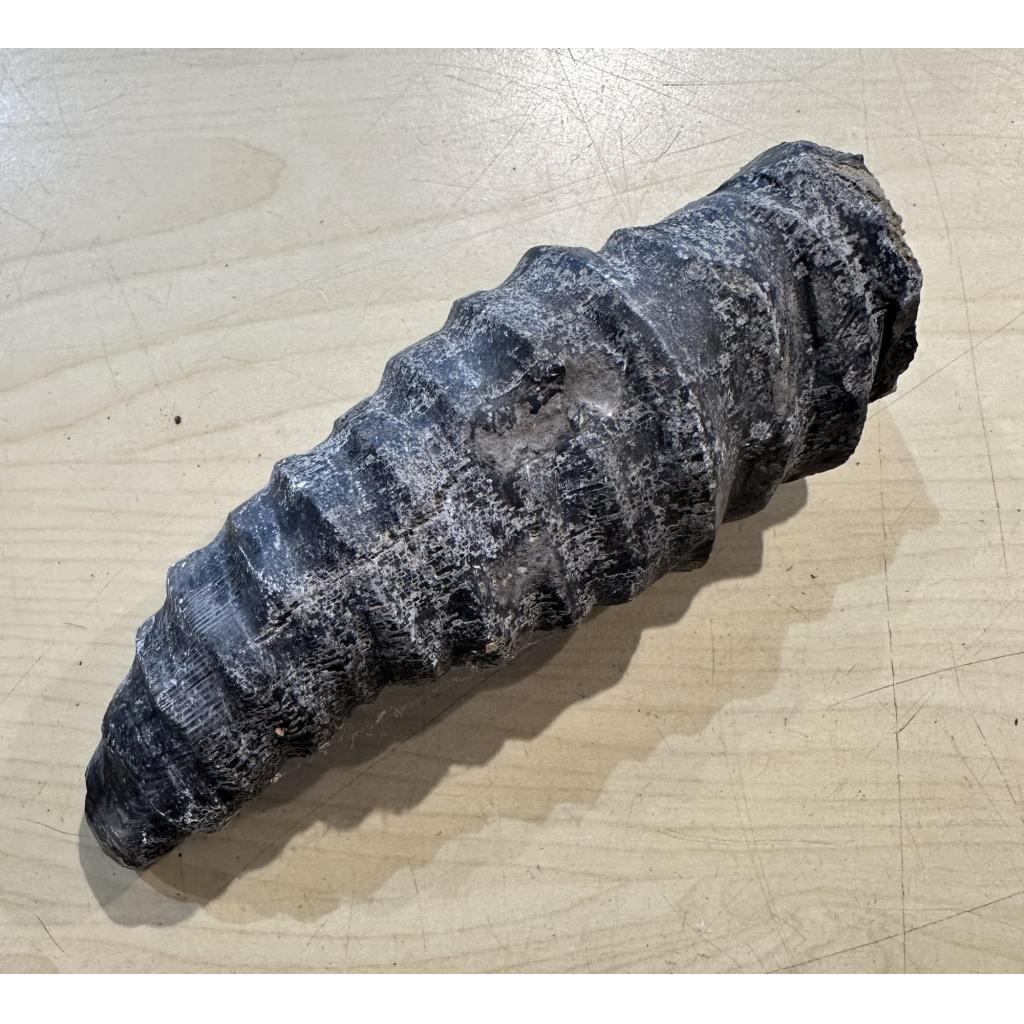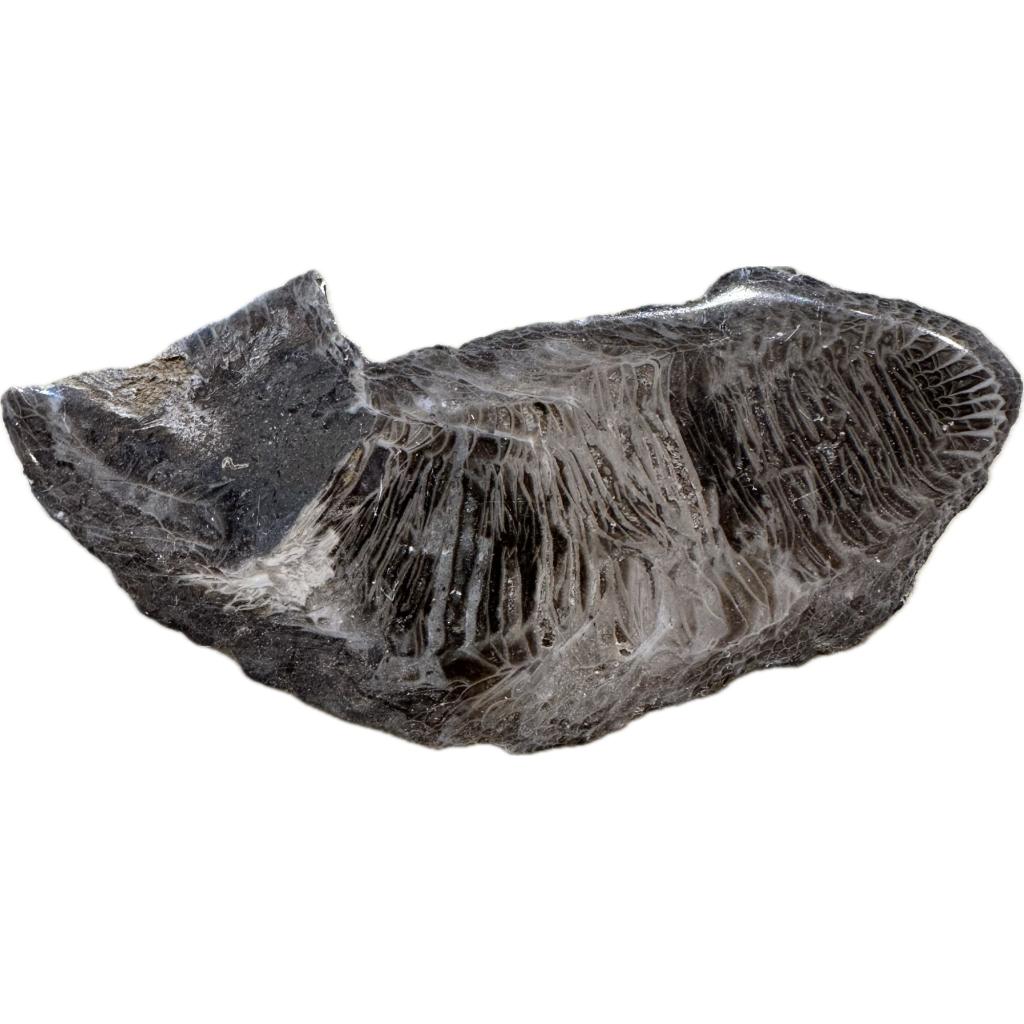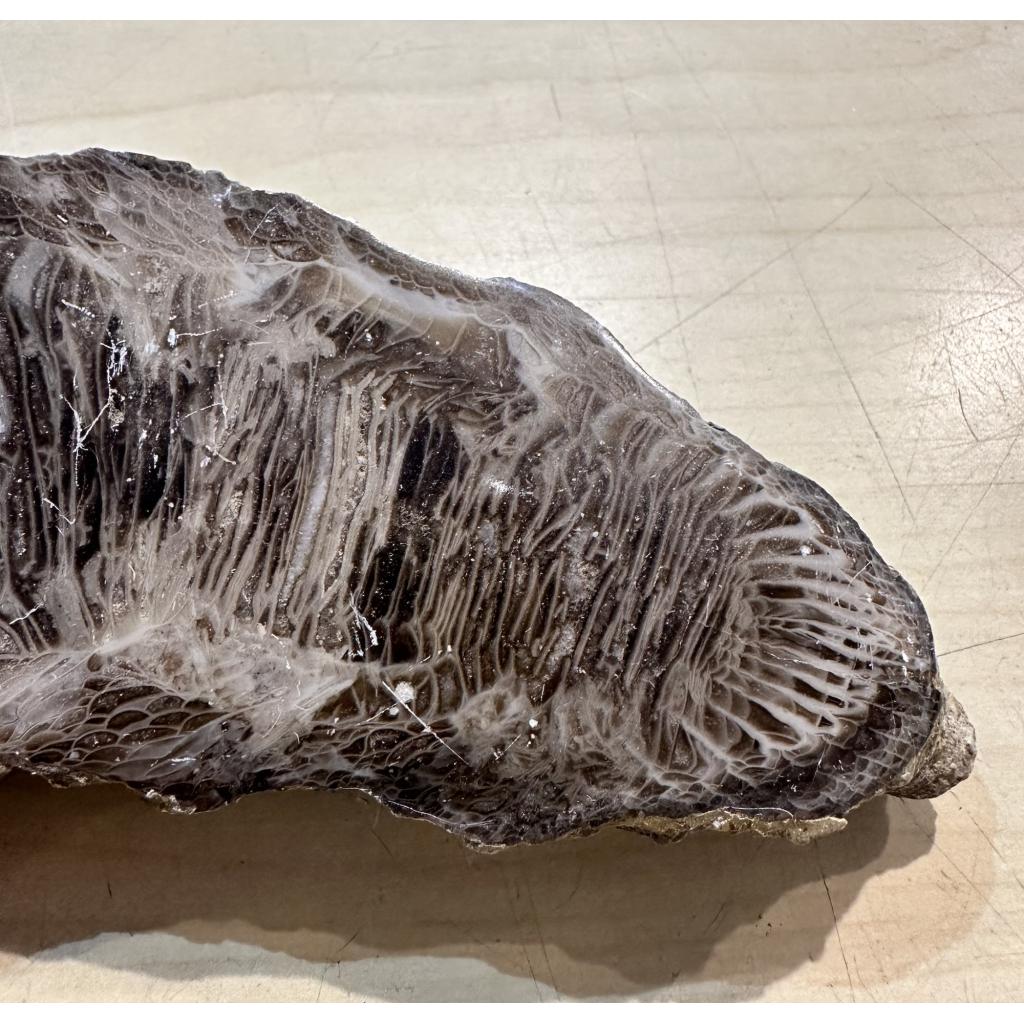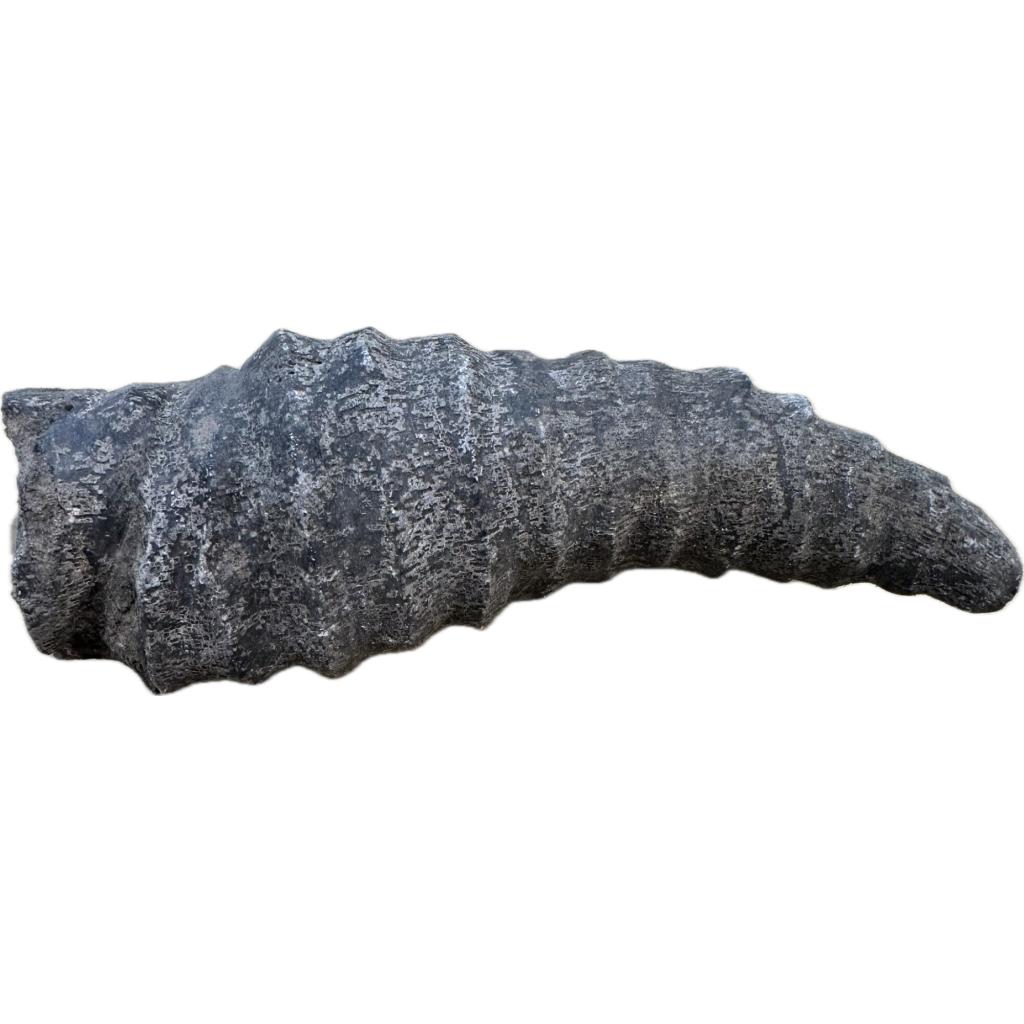
Fossilized coral, a captivating aspect of Earth’s geological history, provides a unique window into ancient marine ecosystems. The process of fossilization preserves the intricate structures of coral colonies, allowing scientists and enthusiasts alike to unravel the mysteries of past environments. Within the realm of fossilized coral, two notable genera, Rugosa and Hexagonia, stand out for their distinctive characteristics and contributions to the rich tapestry of Earth’s fossil record.
Coral reefs, crucial marine ecosystems teeming with life, have been shaping the seas for millions of years. When corals die, their skeletons can become fossilized under specific conditions, leading to the formation of fossilized coral. These fossils are a testament to the biodiversity and environmental conditions that prevailed during different epochs of Earth’s history.
One prominent group of fossilized coral is Rugosa, which thrived from the Ordovician to the Permian period, approximately 470 to 252 million years ago. Rugose corals, also known as horn corals, were solitary or colonial organisms that exhibited a distinctive horn-shaped appearance. These corals possessed a unique calyx, or cup-shaped structure, with radial septa radiating outward like spokes on a wheel. The Rugosa corals were typically attached to the seafloor by a holdfast, and their skeletons were composed of calcium carbonate, which played a vital role in the fossilization process.
The fossilized remains of Rugosa corals offer valuable insights into the environmental conditions of the past. By studying the distribution of Rugosa fossils, scientists can reconstruct ancient sea levels, temperatures, and other ecological factors. These corals were resilient, adapting to various environmental changes, and their fossilized forms provide a historical record of Earth’s dynamic climate shifts.
Hexagonia is another intriguing genus within the realm of fossilized coral. Hexagonia corals belong to the order Tabulata, which includes corals with a tabulate structure. Unlike Rugosa corals, Hexagonia colonies were characterized by flattened, plate-like structures with hexagonal chambers. These corals formed extensive reef systems during the Silurian and Devonian periods, around 443 to 359 million years ago.
The fossilized remnants of Hexagonia colonies contribute significantly to our understanding of ancient reef ecosystems. Hexagonia corals often formed large colonies that played a vital role in providing habitat and shelter for various marine organisms. The hexagonal chambers in their skeletons housed individual polyps, contributing to the overall structural complexity of the reefs. Examining fossilized Hexagonia allows researchers to reconstruct the architecture of these ancient reefs and study the ecological relationships that existed within them.
One fascinating aspect of both Rugosa and Hexagonia fossils is the intricate detail preserved in their structures. The fossilization process involves the replacement of organic material with minerals over time. In the case of coral, the calcium carbonate skeletons are often well-preserved, showcasing the fine details of the original organisms. This level of preservation enables scientists to study not only the overall morphology of the corals but also microscopic features, such as growth patterns and variations in skeletal density.
Fossilized coral reefs, whether dominated by Rugosa or Hexagonia, serve as crucial archives of Earth’s evolutionary history. The diversity of coral species present in the fossil record reflects the adaptability of these organisms to changing environmental conditions. Studying these fossils helps scientists track the evolution of coral species over geological time scales, providing insights into the factors that influenced their development and extinction.
Beyond their scientific significance, fossilized coral formations also captivate the imagination of collectors, paleontologists, and nature enthusiasts. The intricate patterns, diverse shapes, and historical context make these fossils prized specimens for display and study. Museums around the world showcase fossilized coral exhibits, allowing the public to appreciate the beauty and scientific importance of these ancient remnants.
In conclusion, fossilized coral, with a focus on the Rugosa and Hexagonia genera, provides a captivating glimpse into Earth’s geological past. These corals, preserved through the ages, hold the key to unraveling the mysteries of ancient marine ecosystems, climate variations, and evolutionary processes. The detailed structures of Rugosa and Hexagonia fossils offer valuable clues about the dynamic history of coral reefs and their role in shaping the biodiversity of our planet over millions of years. As we continue to explore and study these fossilized remnants, we deepen our understanding of Earth’s intricate and ever-changing geological story.
